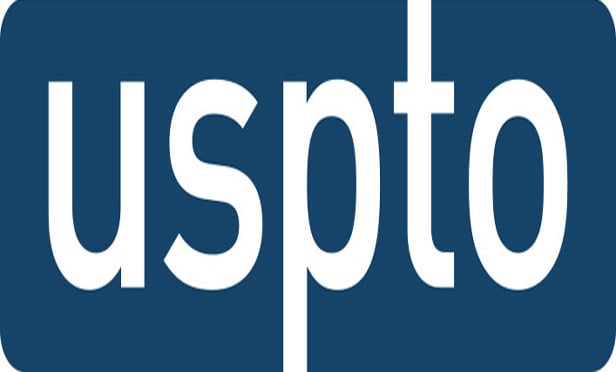Features

Disney-OpenAI’s Sora Deal Signals for IP, Licensing and Responsible AI
For rights holders, platforms and brands, the Disney-Open AI licensing deal illustrates an emerging blueprint for commercializing iconic IP in AI-native formats while attempting to manage legal, regulatory, and reputational risk.
Features

Protecting AI As a Trade Secret Can Create a ‘Goldilocks’ Problem
Based on a review of recent case law, this article identifies three considerations that practitioners should pay attention to in cases involving AI trade secrets.
Features

New York Algorithmic Pricing Disclosure Act Examined for Effect On Commercial Speech
The opinion in the case that upheld New York's algorithmic pricing disclosure law offers a thorough analysis of the issues surrounding regulation of this kind of technology, and it is worth a closer look as the battle is likely to continue in New York and across the country.
Features

Federal Circuit Reasserts Limits On USPTO Authority In 'KAHWA' Ruling
The decision reasserts important limits on the USPTO’s authority, particularly its reliance on unverified foreign-language translations, hypothetical assumptions about what businesses “might” offer in the future, and tenuous connections between a word and a service category.
Columns & Departments

IP News
Federal Circuit: “Complete Identity of Inventive Entity” Required to Remove Prior Art as Not By “Another” Under Pre-AIA LawFederal Circuit: No Trade Secret Misappropriation By Goodyear nor Correction of Inventorship Warranted Because of Coda’s Failure to Show Specificity, Secrecy, or Evidence of Use
Need Help?
- Prefer an IP authenticated environment? Request a transition or call 800-756-8993.
- Need other assistance? email Customer Service or call 1-877-256-2472.
MOST POPULAR STORIES
- Use of Deferred Prosecution Agreements In White Collar InvestigationsThis article discusses the practical and policy reasons for the use of DPAs and NPAs in white-collar criminal investigations, and considers the NDAA's new reporting provision and its relationship with other efforts to enhance transparency in DOJ decision-making.Read More ›
- The DOJ's Corporate Enforcement Policy: One Year LaterThe DOJ's Criminal Division issued three declinations since the issuance of the revised CEP a year ago. Review of these cases gives insight into DOJ's implementation of the new policy in practice.Read More ›
- 10 Steps Legal Departments Should Be Taking to Prepare for the SEC's Newly Adopted Cybersecurity Risk Governance Rule for Public CompaniesBy readying your company's cybersecurity program now to comply with the SEC's cyber rules, you will also arm your company with a better defense against cyberthreat actors, reduce the reputational harm that comes along with a cybersecurity incident and increase investor confidence in the company's cybersecurity program.Read More ›
- The DOJ's New Parameters for Evaluating Corporate Compliance ProgramsThe parameters set forth in the DOJ's memorandum have implications not only for the government's evaluation of compliance programs in the context of criminal charging decisions, but also for how defense counsel structure their conference-room advocacy seeking declinations or lesser sanctions in both criminal and civil investigations.Read More ›
- China Finalizes New Regulations to Relax Personal Data Exports from ChinaNearly six months after the Cyberspace Administration of China (CAC) was first introduced for public consultation, the much-awaited final rules on Regulating and Facilitating Cross-border Data Flows were published and came into effect on March 22, 2024. The New Regulations largely repeat the Draft Regulations, but now have further relaxed personal data exports from China.Read More ›
